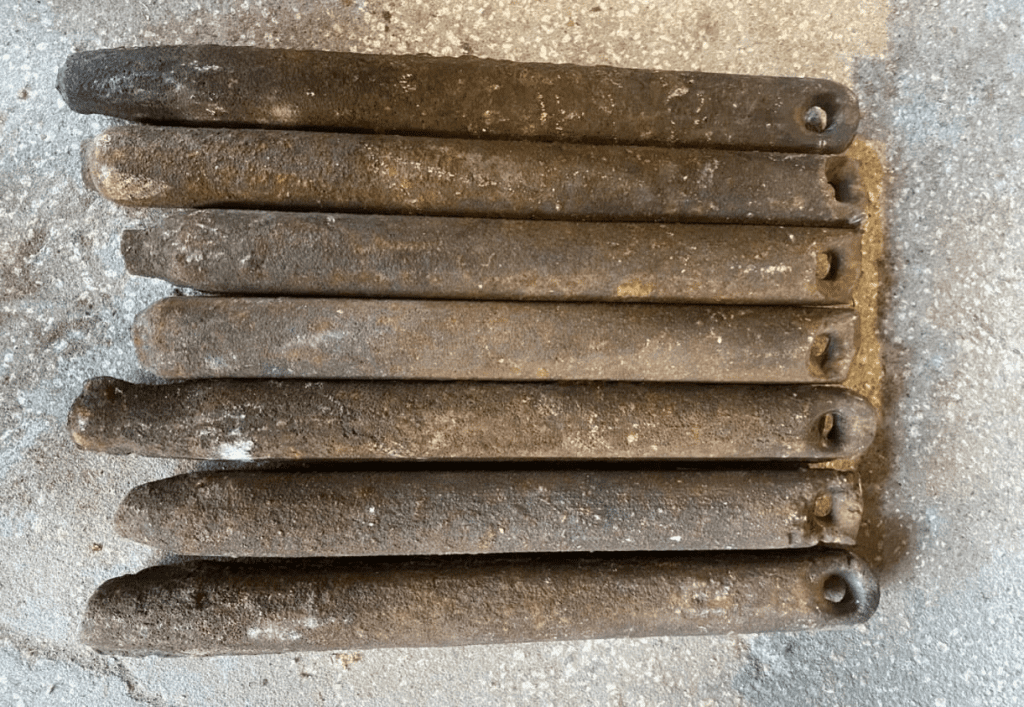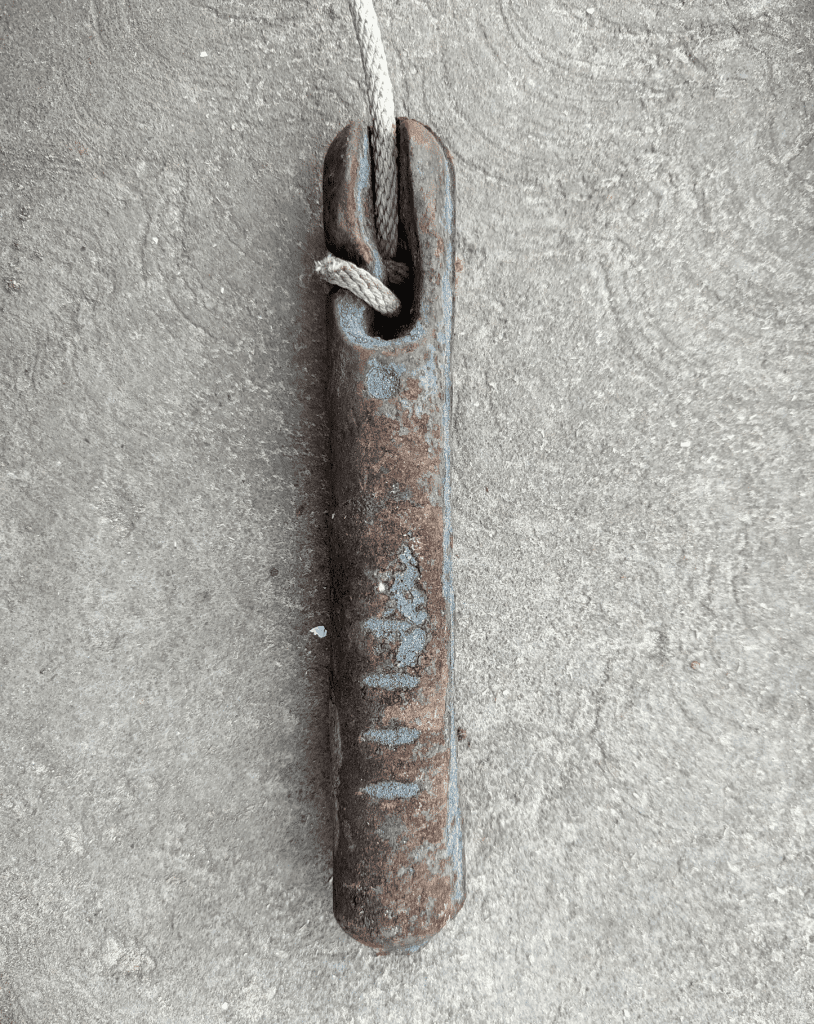Vintage window weights are more than just functional components of traditional sash windows—they represent a bygone era of architectural elegance and craftsmanship. These often-overlooked elements, nestled within the frames of historic buildings, have stood the test of time, continuing to add both functionality and charm to homes and structures around the world.
From their humble beginnings in the 17th century to their peak during the 19th and early 20th centuries, vintage window weights are a tangible link to the past, offering a glimpse into a time when craftsmanship and design were paramount. In this article, we will explore the history, craftsmanship, and modern-day relevance of vintage window weights, shedding light on their importance in both restoration projects and architectural preservation.
The History of Vintage Window Weights

Vintage window weights have a long and storied history, tracing their origins to the early 17th century. Sash windows, the most common type of window to use these weights, became popular during this time as an alternative to traditional hinged windows. The mechanism was simple but effective: a set of weights attached to a rope or chain, hidden inside the window frame, balanced the weight of the window sash, allowing for smooth and effortless opening and closing.
As window technology evolved, so did the design and materials used for these weights. Initially crafted from rudimentary materials, by the 19th century, window weights were often made from cast iron and adorned with intricate designs, manufacturer marks, and even ornate engravings. These elements not only served a practical purpose but also reflected the attention to detail that was characteristic of the time.
The Craftsmanship Behind Vintage Window Weights
What makes vintage window weights so unique is the level of craftsmanship that went into their creation. Cast iron was the preferred material due to its durability, strength, and ability to be molded into various shapes and designs. Manufacturers would often stamp their insignias or include elaborate detailing on the weights, making them as much a work of art as they were a functional component.
The craftsmanship extended beyond the weights themselves. The entire sash window system, including the pulleys, ropes, and counterweights, was designed with precision to ensure smooth operation. This level of detail is rarely seen in modern window systems, where functionality tends to overshadow aesthetics.
For those who appreciate fine craftsmanship, vintage window weights offer a tangible connection to the artistry and skill of past eras. Whether hidden within the walls or exposed as part of a restoration project, these weights are a testament to the ingenuity and dedication of the craftsmen who created them.
The Role of Vintage Window Weights in Restoration Projects
In today’s world of sleek, modern designs, vintage window weights might seem like a relic of the past. However, they play a crucial role in the restoration of historic buildings. When restoring a period property, preserving its authenticity is key, and that includes maintaining the original sash windows and the weights that make them functional.
Restoration experts often go to great lengths to salvage or replicate vintage window weights. By doing so, they ensure that the building’s original charm and character are preserved. Whether it’s a grand estate or a quaint Victorian home, the presence of these vintage elements enhances the overall aesthetic, creating a seamless blend between old and new.
Furthermore, vintage window weights provide a more environmentally friendly alternative to modern window mechanisms. The use of traditional materials, coupled with the longevity of these systems, reduces the need for replacement parts and minimizes waste, making them a sustainable choice for those looking to preserve history while promoting eco-conscious building practices.
Preserving the Authenticity of Architectural Heritage

Preserving the authenticity of historical buildings is not just about maintaining their outward appearance—it’s about honoring the intricate details that make them unique. Vintage window weights, often hidden behind layers of paint or deep within the window frame, are a vital part of that authenticity.
These weights offer a rare glimpse into the past, showcasing the ingenuity of early window design and the evolution of building materials over the centuries. For many restoration enthusiasts, the discovery of original window weights in a property is a highlight, a tangible connection to the building’s history and the people who once lived there.
Even in cases where the original weights have been lost or damaged, modern reproductions can be made to match the original designs. This not only helps preserve the building’s historical integrity but also pays homage to the craftsmen who originally created these architectural gems.
The Timeless Allure of Vintage Window Weights

There is a timeless allure to vintage window weights that goes beyond their functionality. For those with an eye for detail, these weights represent the perfect marriage of form and function—a practical component that also adds to the overall beauty of a structure.
In many older homes, vintage window weights remain hidden, quietly performing their job for decades without ever being seen. Yet, for those who take the time to restore or repair these systems, the discovery of intricately designed weights can be a rewarding experience. It’s a reminder of a time when even the most mundane parts of a building were crafted with care and attention.
Moreover, the continued use of vintage window weights in restoration projects ensures that future generations can appreciate the beauty and history of traditional sash windows. As modern architecture leans towards minimalism and efficiency, vintage window weights serve as a reminder of the elegance that can be found in the details.
Conclusion: Celebrating the Legacy of Vintage Window Weights

Vintage window weights are more than just functional pieces of metal—they are a symbol of architectural history, craftsmanship, and the enduring beauty of traditional design. From their early beginnings in the 17th century to their peak during the 19th and early 20th centuries, these weights have played a crucial role in the development of window technology.
Today, they continue to hold value, particularly in the restoration of historic buildings. By preserving or replicating vintage window weights, we honor the craftsmanship of the past while maintaining the authenticity of our architectural heritage. These weights may be hidden behind layers of paint or concealed within window frames, but their legacy remains clear—a timeless reminder of the beauty that can be found in even the smallest details of a building.